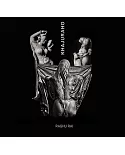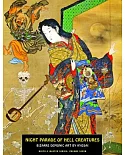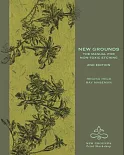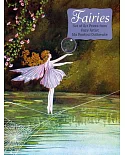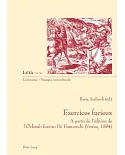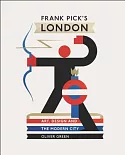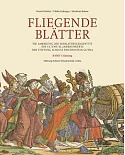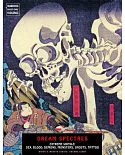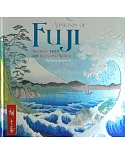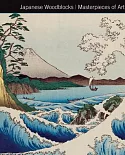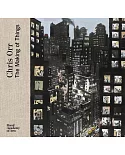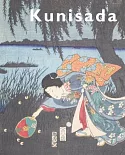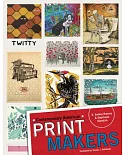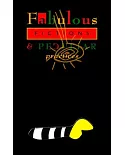Japanese woodblock prints made in Edo (now Tokyo) during the eighteenth and nineteenth centuries were the products of a highly commercialized and competitive publishing industry, which survived
and prospered into the early years of the twentieth century. The range of subjects found in them - actors of the kabuki theatre, beautiful women, landscapes, warriors - was inspired by the
vibrant popular culture that flourished in the city. At any given time scores of publishers competed for the services of the leading artists of the day, and publishers and artists displayed
tremendous ingenuity in finding ways to sustain demand for their products and to circumvent the restrictions placed on the industry through government censorship.
Although Japanese prints have long been appreciated in the West for their graphic qualities, their content has not always been fully understood. This book draws on recent scholarship that makes
possible a more subtle appreciation of the imagery encountered in the prints and how they would have been read when first made. Through stunning new photography of both well-known and rarely
published works in the collection of the British Museum, including many recent acquisitions, the author explores how and why such prints were made, providing a fascinating introduction to a
much-loved but little-understood art form.


